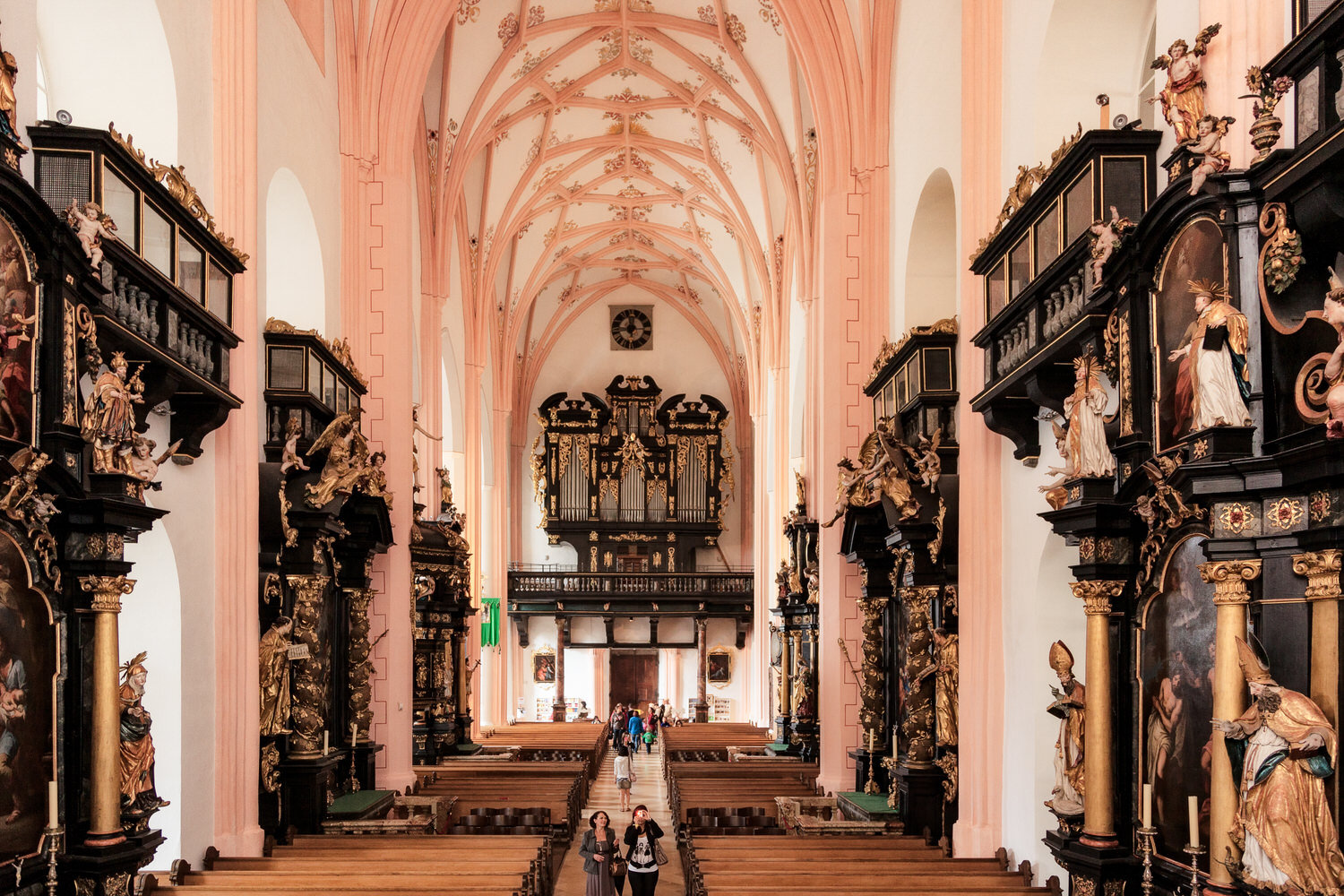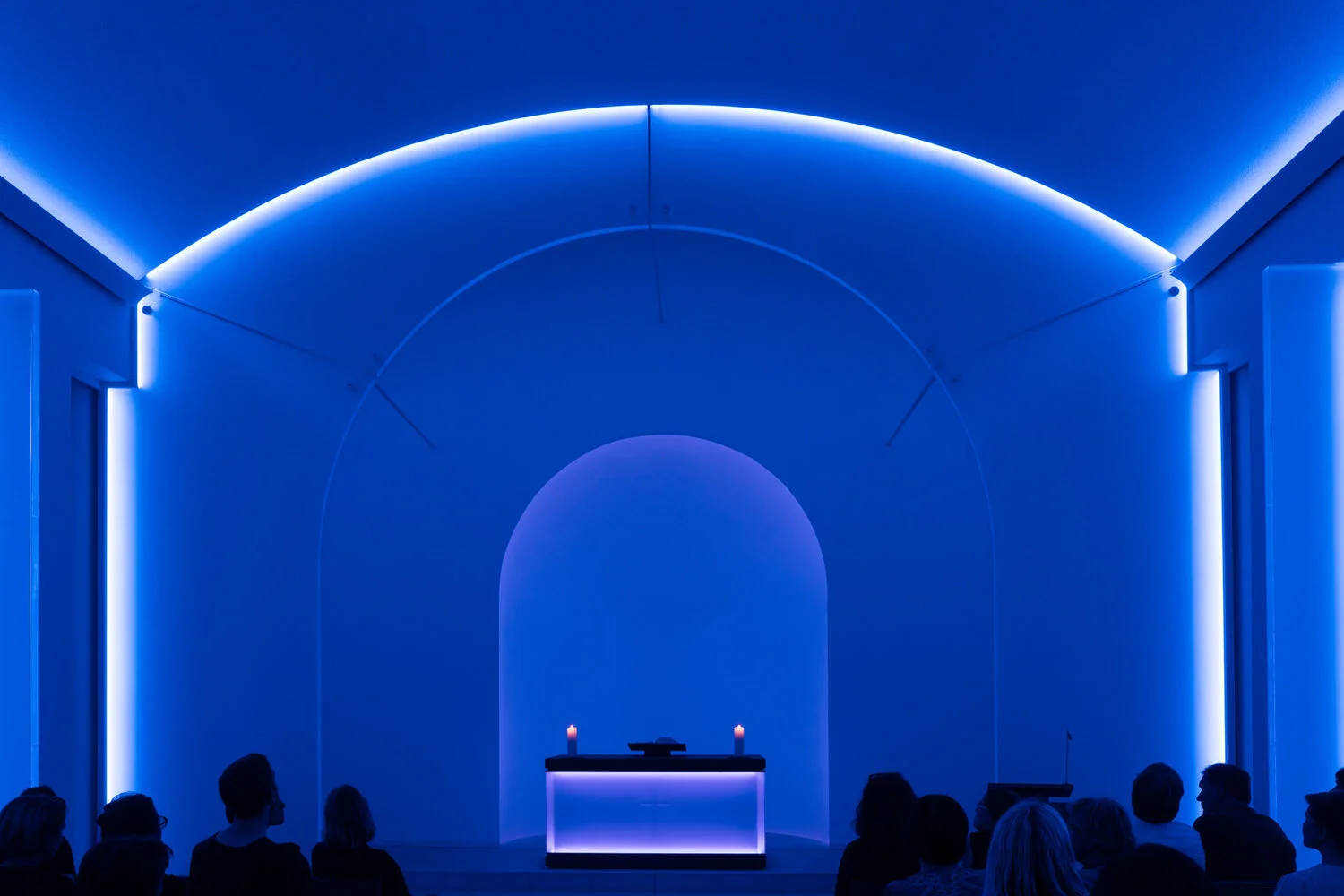How to Photograph an Iconic Silhouette
A bird in silhouette, Kakadu National Park, Australia
I made this photo in Kakadu National Park in the Top End of Australia. The bird, the color of which was actually light grey with dark wings, did not, at first sight, look all that attractive.
I wanted to make a compelling image and knew that, by shooting into the light from a lower angle of view, a fairly dynamic silhouette would result.
The above image was made with a Canon 5D camera and Canon 180 mm f/3.5 Macro L series USM lens. The lens’s telephoto capability was enhanced by the use of a Canon 2X Extender.
This particular piece of kit is sometimes referred to as a tele converter, which effectively doubled the focal length to 360mm, increasing subject magnification and helping to isolate the subject from its surroundings.
Photography And The Art Of The Trade Off
As a general rule I don’t recommend extenders, particularly a 2X Extender, as the loss in image quality often leads to disappointing results.
In this case I gave it a go and am really happy with the result. The Canon 5D was, by today’s standards, a quite modest 12 megapixel camera.
My current camera, a Sony a7Rii, is a very healthy 42 megapixels which means I’d be more likely to work without an extender (in fact I no longer own one).
I simply have to crop the image on the desktop to provide the impression that I was closer to the bird than I was in reality.
That’s a very sensible approach though, as an aid to composition and to achieving the decisive moment, I’d still prefer the opportunity to have the bird fill as much of my viewfinder as possible.
The original image was rendered into black-and-white and then split toned in Adobe Lightroom. Final image enhancements were applied in Adobe Photoshop.
A rail bridge, in silhouette, on an overcast winter's day in Harbin, China. The strong graphic shapes and shadows make for a dramatic image.
Silhouettes | A Bridge Beyond
It’s important to understand that, when rendered black against a brighter background, the individual identity of the subject is often lost in a silhouette.
When it comes to photographing people, under such conditions, it may be impossible to discern the following:
• Age
• Gender
• Ethnicity
• Color and texture of clothing
Australia's iconic Twelve Apostles, cast in silhouette, along the Great Ocean Road.
The Twelve Apostles in Silhouette
This photo features the iconic Twelve Apostles along Australia's Great Ocean Road. They've photographed black because they're backlit by very bright light.
As a consequence the yellow/orange color of the sandstone sea stacks and cliff face is lost in the silhouette.
The Mythic and the Archetypal
With individual identity lost a well constructed silhouette becomes less about the individual and more about an iconic, sometimes mythic or archetypal rendering of the subject.
It’s at this point that your image is no longer about, for example, Warwick the Weekend Warrior, but The Warrior.
Serenity in silhouette on Barkers Reservoir near Harcourt, in Central Victoria, Australia.
Likewise an image of a pregnant woman named Jill, when photographed in silhouette, becomes an image that explores pregnancy, motherhood, nature, etc.
Because of the often iconic nature of this kind of image many people are able to connect, on a deeply emotional level, with a silhouette.
Burnt trees silhouetted against a bleak sky in fire-ravaged Victoria, Australia.
Silhouettes Underpinned by Composition
With virtually all individual identity removed it’s essential, to ensure the subject stands out, that it be positioned in such a way so as to form a graphic shape.
When photographing a tree in silhouette avoid a tree laden with leaves. Opt instead for a winter tree or a fire ravaged tree that’s bare of leaves.
The trunk and branches will form a strong graphic design, based upon lines, when photographed in silhouette.
Next time you’re out and about looking to make photos on a bright, sunny day consider the silhouette as a way to create powerful and emotive images.






